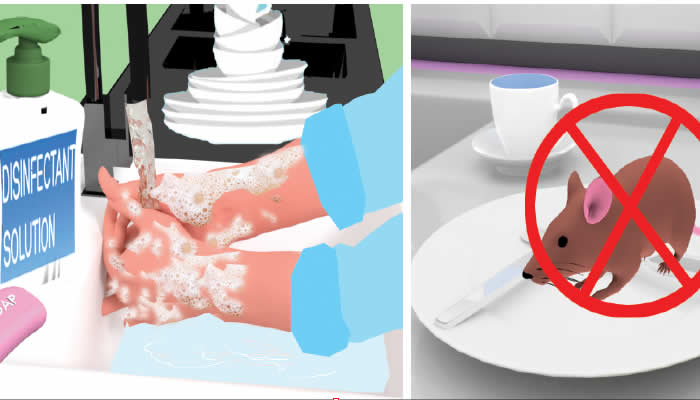Seeing there were many cats was just outrightly annoying. I like pets but because of so many of them and the nuisance they cause made me a tiny bit irritated. But I repented after my research on Lassa fever.
You will be wondering why cats have anything to do with Lassa fever. Because cats are rats’ worst night mare, I will rather have cats splattered the whole place than risk the gruesome torture of this endemic called Lassa fever.
According to the World Health Organisation (WHO), “About 80% of people who become infected with Lassa virus have no symptoms. 1 in 5 infections result in severe disease, where the virus affects several organs such as the liver, spleen and kidneys”.
Wait! What? This is the reason why I’m so pleased with all the cats that I see around now, they are my new pals to help kick out rodents in this Lassa campaign.
According to WHO publications, “Lassa fever is an acute viral haemorrhagic illness caused by Lassa virus, a member of the arenavirus family of viruses. Humans usually become infected with Lassa virus through exposure to food or household items contaminated with urine or faeces of infected Mastomys rats.
The disease is endemic in the rodent population in parts of West Africa. Lassa fever is known to be endemic in Benin, Ghana, Guinea, Liberia, Mali, Sierra Leone, Togo and Nigeria, but probably exists in other West African countries as well. Person-to-person infections and laboratory transmission can also occur, particularly in health care settings in the absence of adequate infection, prevention and control measures. Even medical personnel’s are at risk of being infected, if not properly prevented.
Diagnosis and prompt treatment are essential. The overall case-fatality rate is 1%. Among patients who are hospitalized with severe clinical presentation of Lassa fever, case-fatality is estimated at around 15%. Early supportive care with rehydration and symptomatic treatment improves survival.
Lassa fever is an endemic that seems to be gaining grounds in West Africa. We have to determine the best way possible to prevent this onslaught of a disease that has no vaccine and whose death rate keeps trolling upwards. It is lurking in our midst, and it’s time to take action! This deadly disease has been gaining ground and we need to unite in prevention rather than waiting for treatment.
Lassa fever doesn’t discriminate—it can affect anyone, anywhere. But we hold the power to stop its spread. Prevention is our strongest weapon against this relentless foe. It is time to prevent this onslaught. How can you help? It starts with simple/ baby steps:
Hygiene is priority: Keep your surroundings clean and hygienic. Regularly disinfect surfaces, wash your hands thoroughly, and maintain proper sanitation practices. Something covid-19 taught us, keep your hands clean always.
Rat Control: Did you know that rats are the carriers of Lassa fever? Keep these critters out of your homes and workplaces by sealing entry points and disposing of trash properly. Even if it means bringing in their worst enemies, cats.
Stay aware: Educate yourself and your loved ones about the symptoms of Lassa fever. Early detection is vital for effective treatment. Knowing that it has no distinctive symptoms, protect yourself even while caring for the sick.



